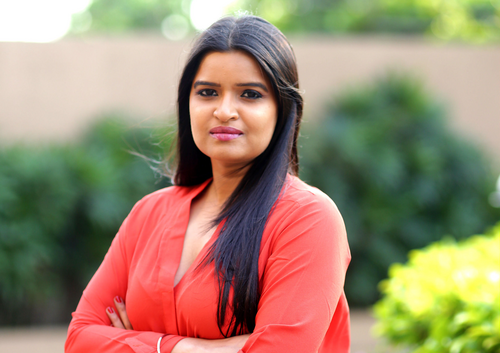Delaying justice
The COVID-19 outbreak has dealt a massive blow to an already sluggish Indian judicial system; reopening physical courts should be a priority
Sushant Singh Rajput's alleged death by suicide will now be probed by the Central Bureau of Investigation (CBI). Prashant Bhushan has a contempt case slapped on him for tweeting his criticism of a Harley Davidson-riding (allegedly sitting), mask-less photograph of the Chief Justice of India, SA Bobde. A plea seeking inquiry on the conduct of former Chief Justice of India and current Rajya Sabha MP, Ranjan Gogoi has been thrown out. All these decisions, and some more, have come from the Supreme Court of India this week. All three cases have one thing in common — they are high-profile ones. Meanwhile, thanks to COVID-19, millions of cases, both civil and criminal, are progressing at snail's pace in an already sluggish judicial system.
The Indian Parliament is likely to open for the Monsoon session on September 10. There will be many firsts that will be observed in order to make it a safe, COVID-free experience for MPs. Ultra-violet germicidal irradiation system and polycarbonate separators will be deployed to kill the virus, chambers and galleries of both Houses will be utilised for the first time since 1952, social distancing norms will be followed in the seating, and so on. It's been 6 months that our life has been transformed by the Coronavirus. But just as businesses have been encouraged to unlock, the executive too must function. Also important for democracy is the optimal and effective functioning of the judiciary.
Countless old cases are pending and new ones are waiting to be filed. The COVID-19 outbreak has had a cascading effect on the Indian judicial system. While e-courts and video conferencing are being touted as successes, very few cases are actually being heard. Only the Supreme Court has managed 15,000 hearings across 1021 benches and given its verdict on 4,300 cases. But what of the other courts? Speak to lawyers and you'll hear that neither they nor the judges are comfortable with the virtual way. And while cases of great importance are getting dates and judgements, a majority of cases have simply stopped moving. This is the reality in courts all around India.
As of November 2019, around 3.5 crore cases across the country were awaiting closure, according to data shared by Union Law Minister Ravi Shankar Prasad. Of these 59,867 cases are pending in the Supreme Court, a staggering 44.75 lakh cases languish in high courts, and an alarming 3.14 crore cases gather dust in the district and lower courts. According to the government-run E-courts website, there are 4.49 million cases pending across 39 high courts and 33.93 million cases pending across 3256 district and taluka courts. It's true that there aren't enough court staff members and judicial officers either. As per a news report, these pending cases have barely budged since 2014. So, just imagine how many cases would have been added or await to be added to this number due to the COVID-19-induced lockdown?
Several lawyer bodies have already written to the Chief Justice of India urging for a return to physical courts. The Bar Council of India says that over 90 per cent of India's lawyers and judges are unaware of technology and that continuing virtual courts post-lockdown is "impractical". With physical courts not functioning yet, it's obviously also impacting lawyer livelihoods. We now hear that three SC courts will commence physical hearings within a week on a pilot basis, and there's a plan afoot to gradually open the Delhi High Court and District Courts from September 1 on rotation. Needless to say, just as it was important to return to business and to start Parliament, it's imperative that the government and the judiciary now find ways of opening up physical courts. Because for lakhs of people, justice and resolution is at stake.
The writer is an author and media entrepreneur. Views expressed are personal



